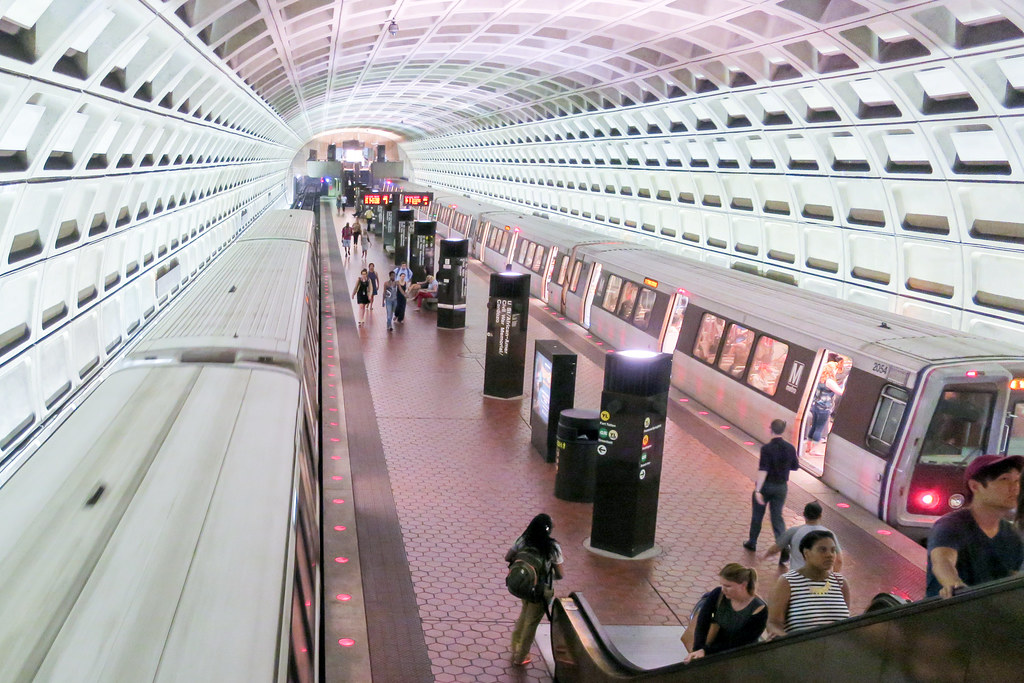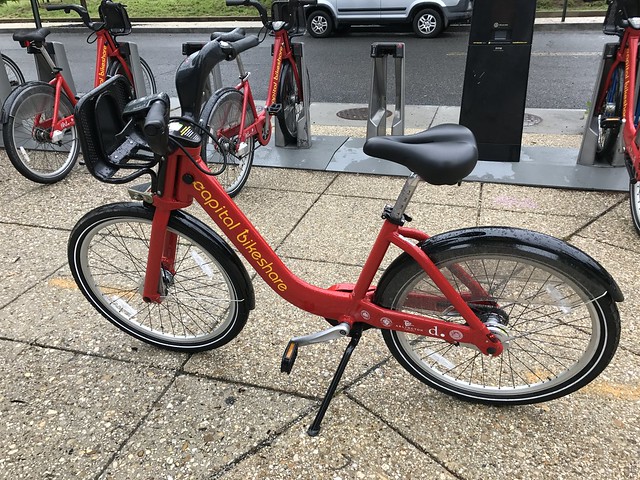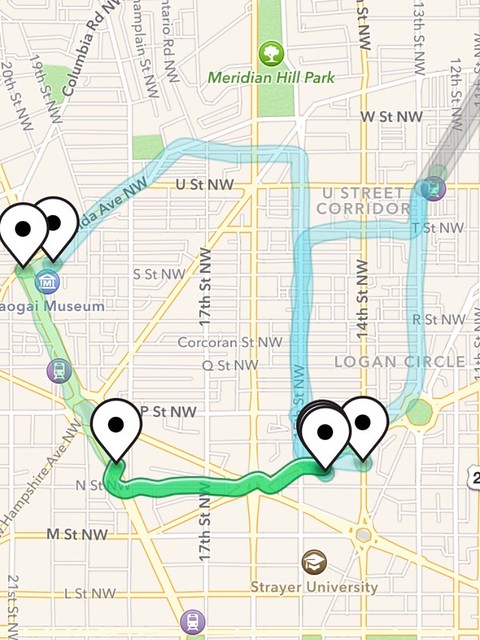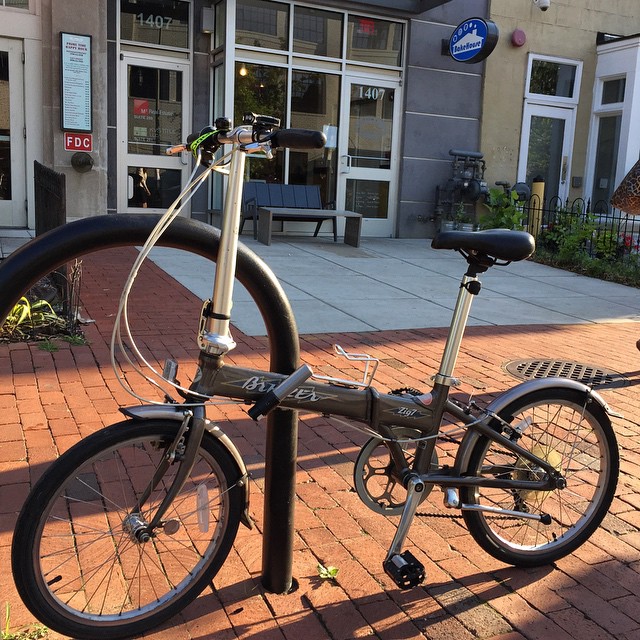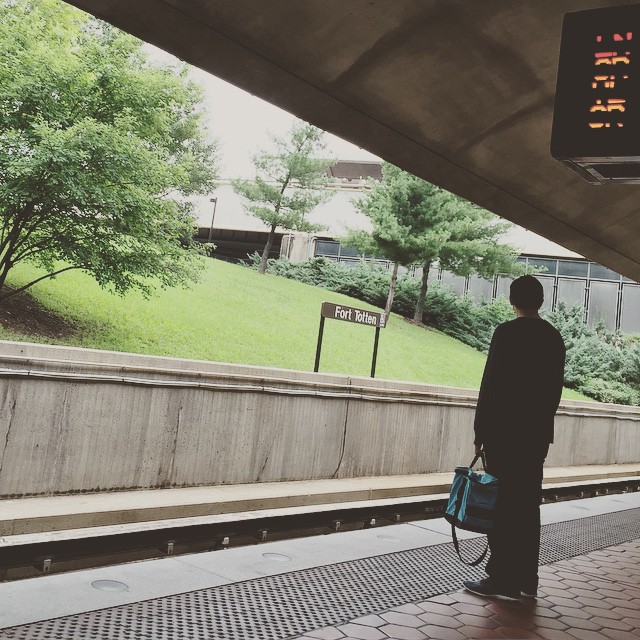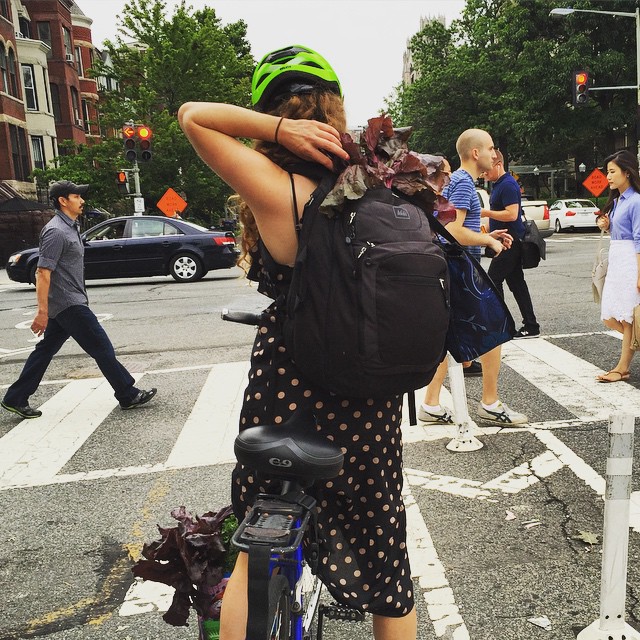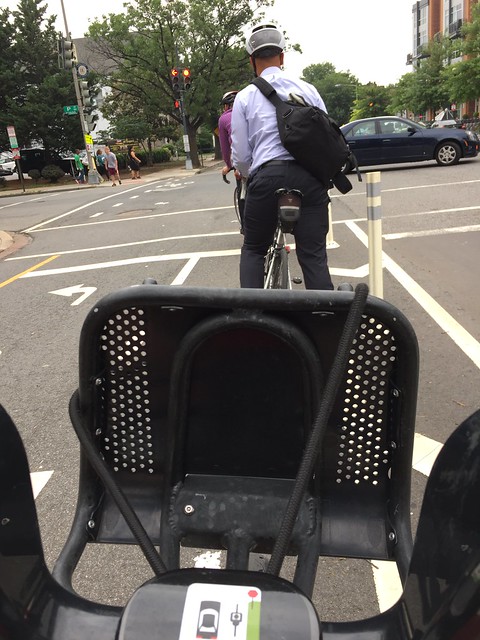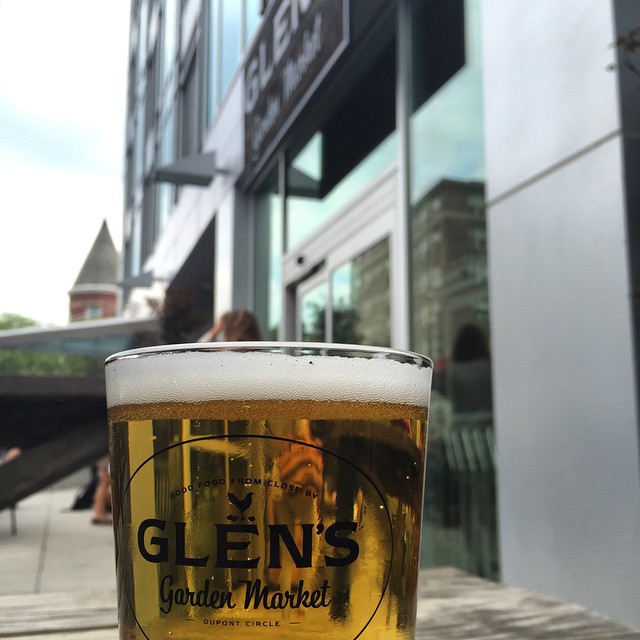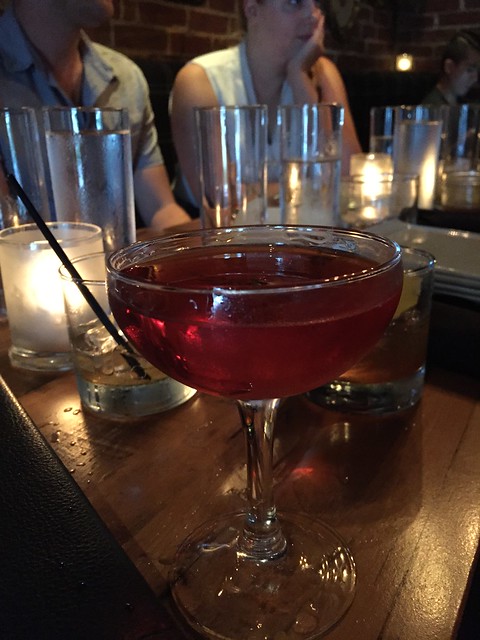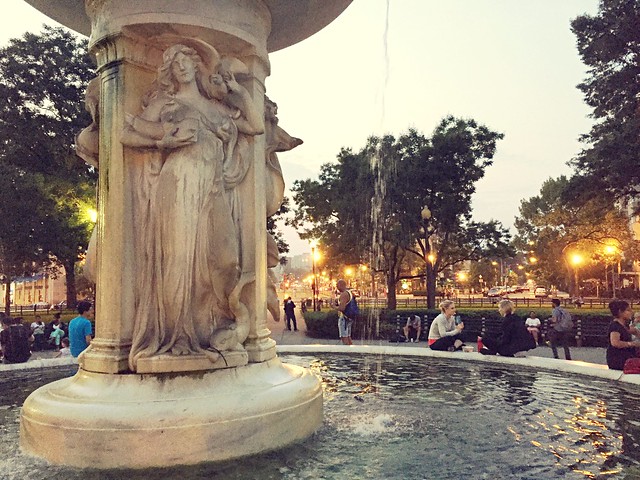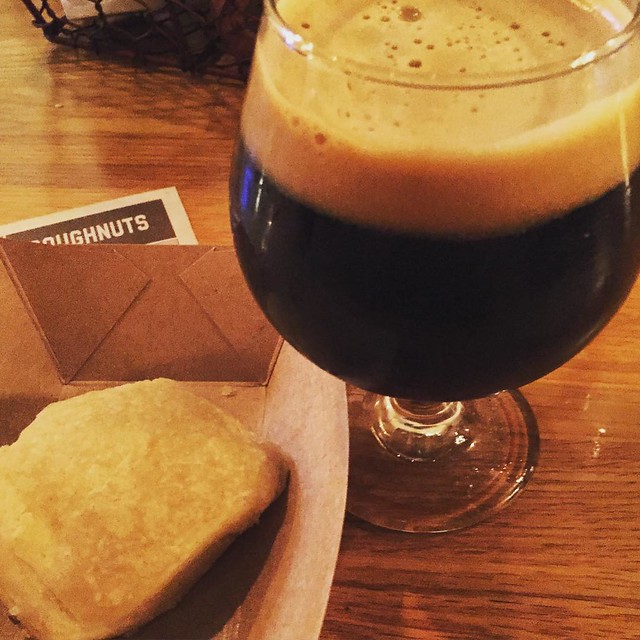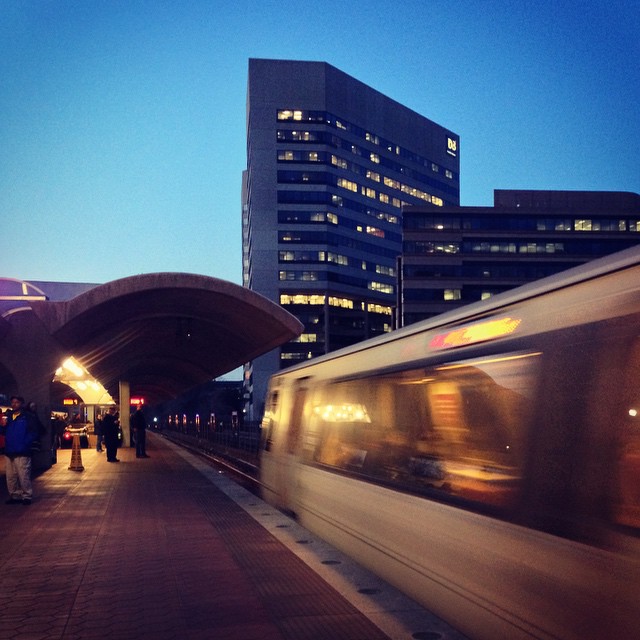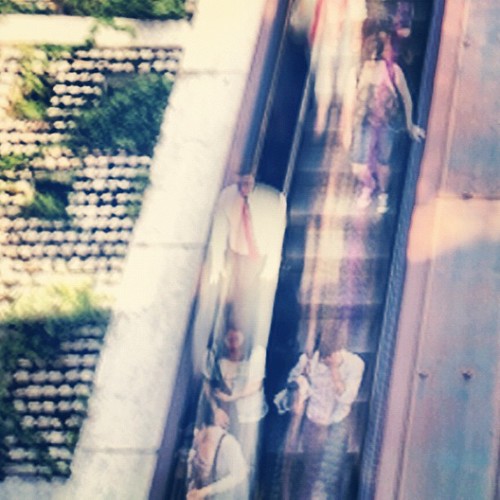The second cop was serious.
I had been stopped within minutes of crossing the border, my rental car with out-of-state plates a magnet for Kansas police looking for drug smugglers from pot-friendly Colorado. The first set of officers were in a black SUV. I was speeding, as was everyone else that morning on I-70. The officer wasn’t even in a police uniform I recognized but, instead, clad in black from head to toe and wearing body armor, as if he was about to engage heavily armed terrorists on the burnt plains of western Kansas. He peered into my car and told me to slow down.
The second cop was alone. A state trooper. I had slowed down after the first encounter. This one said I had swerved in my lane.
“I’m just going to give you a warning,” he announced. “Where are you coming from by the way?”
“Colorado.”
“What you doing out there?” he asked, pretext blossoming in his mind.
“I went to bike around,” I said, pointing to my bike in the back. I had spent a couple days biking around Frisco and then visiting friends in Denver.
He chatted me up, asking about Frisco and sharing how he had visited there with his son for a baseball tournament. Then he took my license and returned to his car for a very long time.
A good ten minutes passed, more than enough time to write a warning. I realize now that he was watching me to see my reaction. Would I squirm? Toss something out of the car? Fidget nervously? I just sat there, wondering how long it would take me to get out of this flat state full of aggressive police.
Then he returned.
“You don’t have any drugs or guns in the car do you?” he asked.
“No.”
“Do you mind if I search your car?”
It’s a good thing that I’m from Washington, DC, and have dealt with security theater for years. I’ve removed my belt to go through metal detectors, been prodded by rent-a-cops in dimly lit lobbies and had a suspicious granola bar removed from my backpack at the Capitol. I’ve been yelled at by the Security Service for the crime of riding my bike in the street and ordered off the Ellipse during the government shutdown by the Park Police.
“Sure,” I said.
Leaning into my front seat, he zipped open my backpack and peered into it. Then he opened the backseat and did the same to my suitcase.
And then he let me go. Quite the clever little operation he had going – promise just a warning, watch to see if the suspect does anything suspicious and then ask to search the vehicle. How could you refuse?
If I had been an immigrant, a person of color or anything other than a white man with a spotless record, I’d be in jail right now. Guilty or not, he would’ve found a pretext.
A few days later, I was back in DC. Glad to be out of a car, I returned to my auto-free lifestyle, making my way around the city by foot, bike and, occasionally, by Metro.
Metro was a wonder a decade ago, an essential piece of the city that you just assumed would work and always be there. Now, neither guarantee is in place, as we’ve let this vital piece of infrastructure decay and collapse.
But, occasionally, you get glimpses of its past glory. Yesterday, there was a photo exhibit opening that I wanted to attend in Crystal City. It’s an easy bike ride, less than thirty minutes, but on Friday the skies opened up, a week’s worth of heat ending in monsoon rains.
I took the Metro, prepared for the worst of rush hour. But I waited less than a minute at Dupont Circle for a Red Line train. And no wait at L’Enfant Plaza, as I switched trains. The train emerged from a tunnel on a bridge over the Potomac, the skies dark, the 14th St Bridge bright with red taillights of Virginia-bound cars. A couple more stops and I was in the underground warren of Crystal City, as traffic in the city ground to a halt due to flooding. Returning home was equally easy.
Cities need subways. A nation’s capital especially needs one for the thousands of federal workers that rely on it every day. And god forbid there’s an actual emergency in Washington – you’re not evacuating the city on streets that gridlock during mere rain.
We’re told there’s no money for a working Metro. No money for health care. No help for the poor. That’s socialism.
But there’s plenty of money to patrol the wastelands of Kansas. Cash grants are available to outfit corn-fed yahoos with assault weapons, body armor and gas-guzzling SUVs. Federal funds flow out of Washington, where they are needed to fix the Metro, to the empty quarter of America.
It doesn’t have to be this way. To quote Barack Obama’s recent speech, the upcoming midterms offer us, “one of those pivotal moments when every one of us, as citizens of the United States, need to determine just who it is that we are.”
Are we a nation that jails immigrant children, punishes the poor and wastes billions on a vast security state or are we a people that invests in a future that we can all share? Find out on November 6.
